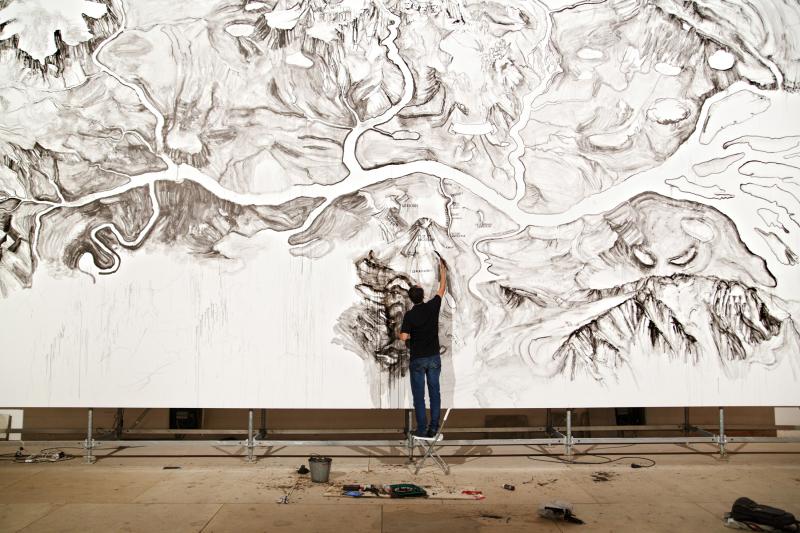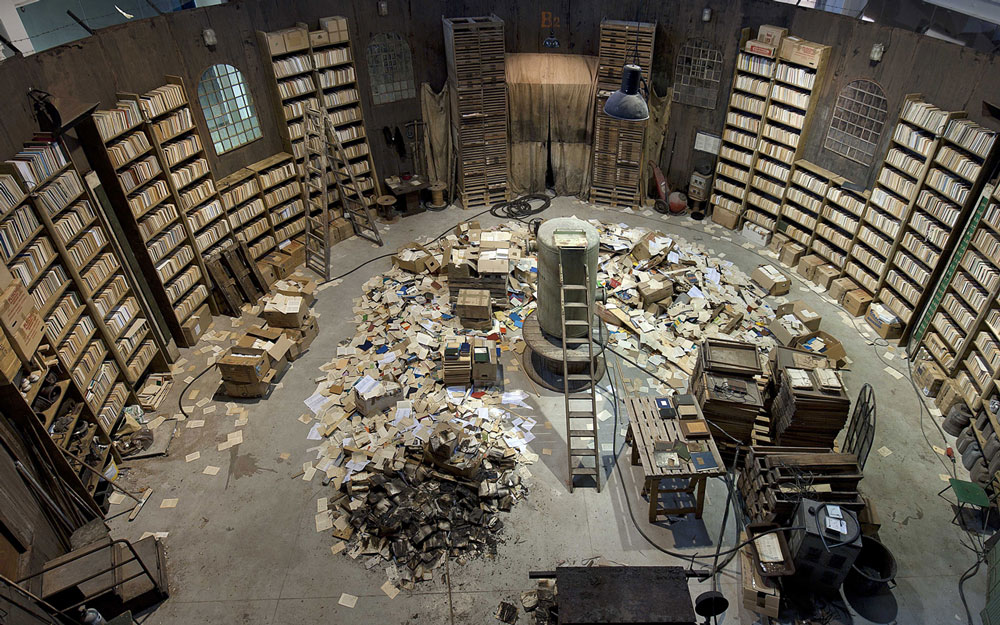Step back and consider the following. The distances in the universe are enormous, so great, that they are difficult for the human mind to comprehend. If we were to travel the distance between the Earth and the Moon in our car, respecting the motorway speed limit of 130 kilometres per hour, it would take 2923 hours, that is 122 days, to reach our satellite.
To visit our closest planet, Venus, Earth’s twin, you’d have to go 40 million kilometres, so at the same motorway speed the travel time would be 307,692 hours, around 35 years. Still do-able for a person, although it would require the commitment of a lifetime. The trip back would be more of a challenge. Mars, which is 55 million kilometres away, would require 48 years of navigation, and we’d need a massive dose of optimism to imagine we could get back within our lifetime. A road-trip to the Sun, which is 150 million kilometres away, is impossible for a single human being: 131 years. The time required to travel in space is long if compared with a single human life, but very short in relation to the history of the universe and even that of our Earth.
Four billion, 500 million years have gone by since this mass of fire started to coagulate and become a solid sphere. Since then, many things have happened on this planet we call Earth, and scholars today only know about a tiny fraction of them. It has been a history of developments and catastrophes, evolutions and tragic ends, collisions with planets and asteroids, eruptions and glaciations. A history largely unknown, starting with the creation of life, which appeared around 3.5 billion years ago, and there is still doubt over whether it occurred autonomously, was triggered by an external element or desired by a god who had already envisaged a higher purpose.

Qui Zhijie, Installation view of The Map of the Third World, photo: Ksenia Kolesnikova
In relation to the immensity of cosmic movement, mankind is really just a speck of dust. When homo sapiens appeared in Africa around 200,000 years ago it had left behind a long chain of precursors: primates, hominids, Pithecanthropus, Australopithecus, whose genetic story started around 6 million years earlier. During this period these beings had learned to walk on two legs and to create tools out of stone, discovered love, learned compassion and mastered fire. Homo sapiens slowly spread to all the continents at a speed of just over one kilometre per year. The conquest of the Americas is even more recent: only 12,000 years ago, during the last Würm glaciation, when humans traveled across the Bering Straits on foot and expanded into the continent which was then discovered by Columbus around 11,500 years later. Agriculture emerged only 10,000 years ago, and just over 5,000 years ago humans abandoned stone and started to use bronze and metals.
In the meantime, 150 thousand years ago, humans started to use language, which was to be their great privilege: the capacity of symbolic abstraction. The remains of the first artistic signs in the Lascaux and Chauvet caves are only 30,000 years old. The history of the practice we are concerned with, namely art, is incredibly short!
If we compare the history of the Earth to a 24-hour day, life appeared towards 4:30 in the morning. Then, for the whole day, not much happened: only single cells made identical reproductions of themselves, until around 8:30pm, when the first marine plant life appeared. Trilobites, three-lobed creatures that have only survived as fossils, only appeared after 9pm, immediately followed by the great Cambrian explosion. Dinosaurs showed up at around 11pm and disappeared at 21 minutes to midnight. The human story, from the first hominid who came down from the trees, started just before one minute to midnight.

Beams of Light on a Golden Lake, image taken by the Expedition 47 crew on May 31, 2016, from the International Space Station looks from northwestern China on the bottom into eastern Kazakhstan courtesy of NASA
Our history, our entire history, from Sumerian writing to the present-day, can be contained in three or four seconds. So it is curious to see this microscopic being, this ever-busy ant that we are, look up at the sky and attempt to drive itself into space, build satellites and missiles, travel to the Moon, Mars, Pluto and comets, and send messages to the boundaries of the universe in an attempt to understand the secrets hidden in its depths. From a certain point of view, we are nothing more than the terminal expression of the innate expanding energy that is inherent in life.
From this perspective we can observe the human story with a certain detachment. What we perceive today as a sense of the end is an infinitesimal moment in the enormous curve of time and space. It is not an upsetting catastrophe, nor a cosmic drama, but a simple change, a small wrinkle in the boundless dimension of the universe. An inevitable consequence of the laws of physics and chemistry. It is not the end of the world, it is only the end of “our” world.
A version of this text has been previously published in the Centro Pecci Journal at http://www.centropecci.it/it/journal/la-fine-del-mondo

STRONGHOLD, 2013, wood, glue, pigments, paint, carton, rubber, plastic, glass, metal, curtains, paper, books, Lyon Biennale, dep. in MAC LYON, 800cm x 2400cm x 2200cm
The End of the World
October 17 2016 to March 19, 2017
On the occasion of its reopening, the Luigi Pecci Centre for Contemporary Art presents the exhibition The End of the World, including the works of over 50 international artists. The exhibit reflects not on an impending catastrophe but is rather an exercise of distance which pushes us to take a look at our present from far away, to think about the immeasurable cosmic distances and the interminable ages of the Earth and the Universe.
The exhibition will include works by already internationally established artists, such as the Native American Jimmie Durham, Cuban Carlos Garaicoa and Chinese Qiu Zhijie and Cai Guo-Qiang, as well as pieces by younger artists such as the Brazilian Henrique Oliveira or the Swiss Julian Charriere, who has a work created with the German Julius Von Bismarck. There will also be pieces which by now are a part of the history of art, like those of Marcel Duchamp, Pablo Picasso or Umberto Boccioni in dialogue with numerous younger artists who are still relatively unknown, many of whom come from regions of strong contrast and con ict such as Eastern Europe, North Africa, the Middle East and South America. The audience will pass through various environments experiencing different sensations: the detachment from this world of ours, so small and insignificant, the nostalgia for something which we once loved and have lost, until we come to recognise a glimmer of the future which is already present today, even if we don’t yet realise it.
Download the special insert dedicated to the Centro Pecci reopening published in The Florentine issue 227 (October 2016)




